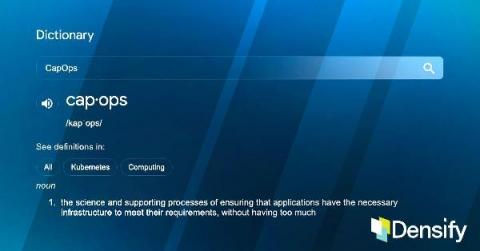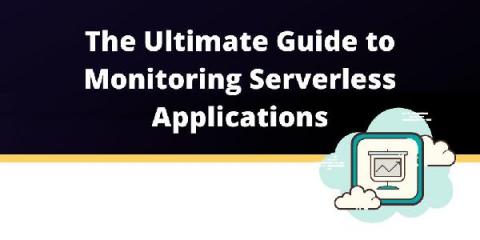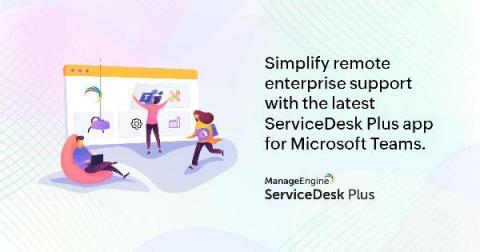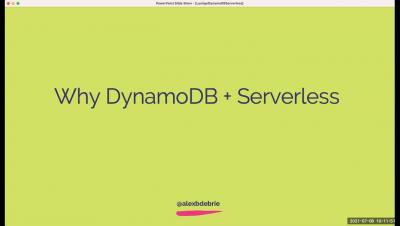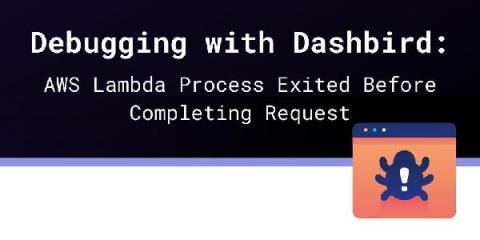The World Needs More Phrases Ending In "Ops"
A lot of people think that using the cloud makes you elastic, but cloud really only gives you the potential to be elastic. If your apps aren’t elastic, and your cloud usage doesn’t flex up and down based on activity levels, then it’s really just expensive. The same is true of containers—they don’t magically make all of your hosting problems go away, and while they have the potential to make you more agile and efficient, it isn’t that simple.


